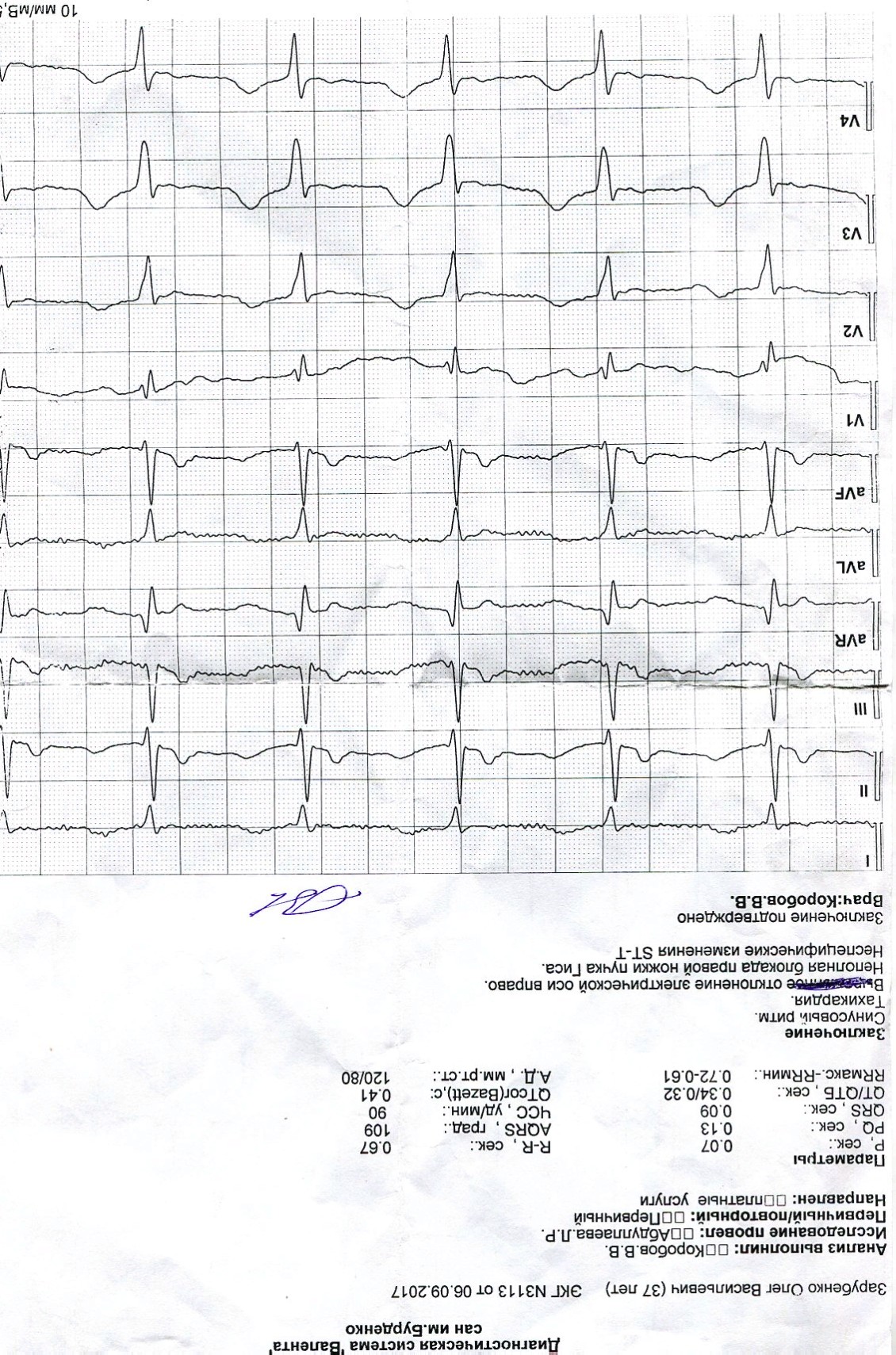Gibbs' Principle is a cornerstone in thermodynamics and statistical mechanics that explains the behavior of systems at equilibrium. This concept is pivotal in understanding phase transitions, chemical reactions, and the distribution of particles within a system. This article will explore the intricacies of Gibbs' Principle, its implications, applications, and the mathematical framework supporting it. Whether you're a student, researcher, or simply curious about thermodynamics, this guide will offer valuable insights into this essential concept.
Within the fields of physics and chemistry, Gibbs' Principle is often linked to Gibbs free energy, a thermodynamic potential that predicts the direction of chemical reactions and the conditions under which they occur. By grasping Gibbs' Principle, one can gain a deeper understanding of how systems behave at equilibrium, making it an indispensable topic for anyone studying the physical sciences.
This article is structured to not only explain Gibbs' Principle but also provide real-world applications and examples to highlight its relevance. Additionally, we will delve into the mathematical principles underlying this concept, ensuring that you leave with a thorough understanding of the topic. Let’s dive into the world of Gibbs and uncover the intricacies of this fundamental scientific principle.
Read also:Discovering Dakoassman A Digital Creator Redefining Online Engagement
Contents
- 1. What is Gibbs' Principle?
- 2. Historical Context
- 3. Mathematical Framework
- 4. Applications in Thermodynamics
- 5. Gibbs' Principle in Statistical Mechanics
- 6. Practical Examples
- 7. Common Misunderstandings
- 8. Conclusion and Additional Resources
1. What is Gibbs' Principle?
Gibbs' Principle pertains to the governing principles of Gibbs free energy, defined as:
- G = H - TS
Here, G represents Gibbs free energy, H is enthalpy, T is temperature, and S is entropy. This equation elucidates the relationship between energy, temperature, and entropy in a system under constant pressure and temperature conditions.
2. Historical Context
The origins of Gibbs' Principle date back to the late 19th century, largely attributed to the pioneering work of Josiah Willard Gibbs, an American scientist whose contributions significantly shaped physical chemistry. Gibbs introduced the concept of free energy in his groundbreaking work, which laid the foundation for modern thermodynamics.
2.1 Major Contributions by Gibbs
Gibbs' work encompassed various aspects of thermodynamics, including:
- The formulation of the phase rule
- The development of the concept of chemical potential
- The establishment of the connection between thermodynamics and statistical mechanics
3. Mathematical Framework
The mathematical exploration of Gibbs' Principle involves several key equations and principles. The most significant is the Gibbs free energy equation, derived from fundamental thermodynamic equations:
- ΔG = ΔH - TΔS
This equation is crucial for understanding the spontaneity of reactions, where a negative ΔG indicates a spontaneous process.
Read also:Comprehensive Guide To Downloadhubnet Your Ultimate Downloading Companion
3.1 Conditions for Equilibrium
For a system to achieve equilibrium, the following conditions must be satisfied:
- ΔG = 0
- Temperature and pressure must remain constant
4. Applications in Thermodynamics
Gibbs' Principle has diverse applications in thermodynamics, particularly in predicting reaction spontaneity and understanding phase equilibrium. Some notable applications include:
- Determining the feasibility of chemical reactions
- Analyzing phase transitions in materials
- Calculating equilibrium constants for reactions
5. Gibbs' Principle in Statistical Mechanics
In statistical mechanics, Gibbs' Principle is connected to the distribution of particles among energy states. The concept of the Gibbs distribution explains how systems progress toward equilibrium:
- P(E) = (1/Z) e^(-E/kT)
Here, P(E) is the probability of a system being in a state with energy E, Z is the partition function, and k is the Boltzmann constant.
6. Practical Examples
The practical implications of Gibbs' Principle are evident across various fields. For instance:
- In biochemical reactions, Gibbs free energy helps predict metabolic pathways.
- In materials science, understanding phase diagrams relies heavily on Gibbs' Principle.
- In environmental science, it aids in studying the thermodynamics of pollutant degradation.
7. Common Misunderstandings
Despite its importance, there are several misconceptions about Gibbs' Principle:
- Many assume that Gibbs free energy can be directly measured, whereas it is a calculated value.
- Some confuse Gibbs free energy with enthalpy, not realizing they represent distinct concepts.
8. Conclusion and Additional Resources
To summarize, Gibbs' Principle is a foundational element of thermodynamics and statistical mechanics, offering critical insights into the behavior of systems at equilibrium. Understanding this concept not only enhances our comprehension of physical sciences but also equips us with the tools to address real-world challenges.
For those eager to delve deeper into the subject, consider exploring textbooks on thermodynamics, research papers on statistical mechanics, or online courses that cover these topics comprehensively.
We invite you to join the discussion! Share your thoughts in the comments below, and don’t hesitate to explore other articles on our site for more captivating insights into the realm of science.
Thank you for reading, and we look forward to seeing you back here for more engaging content!

